How to template a letter
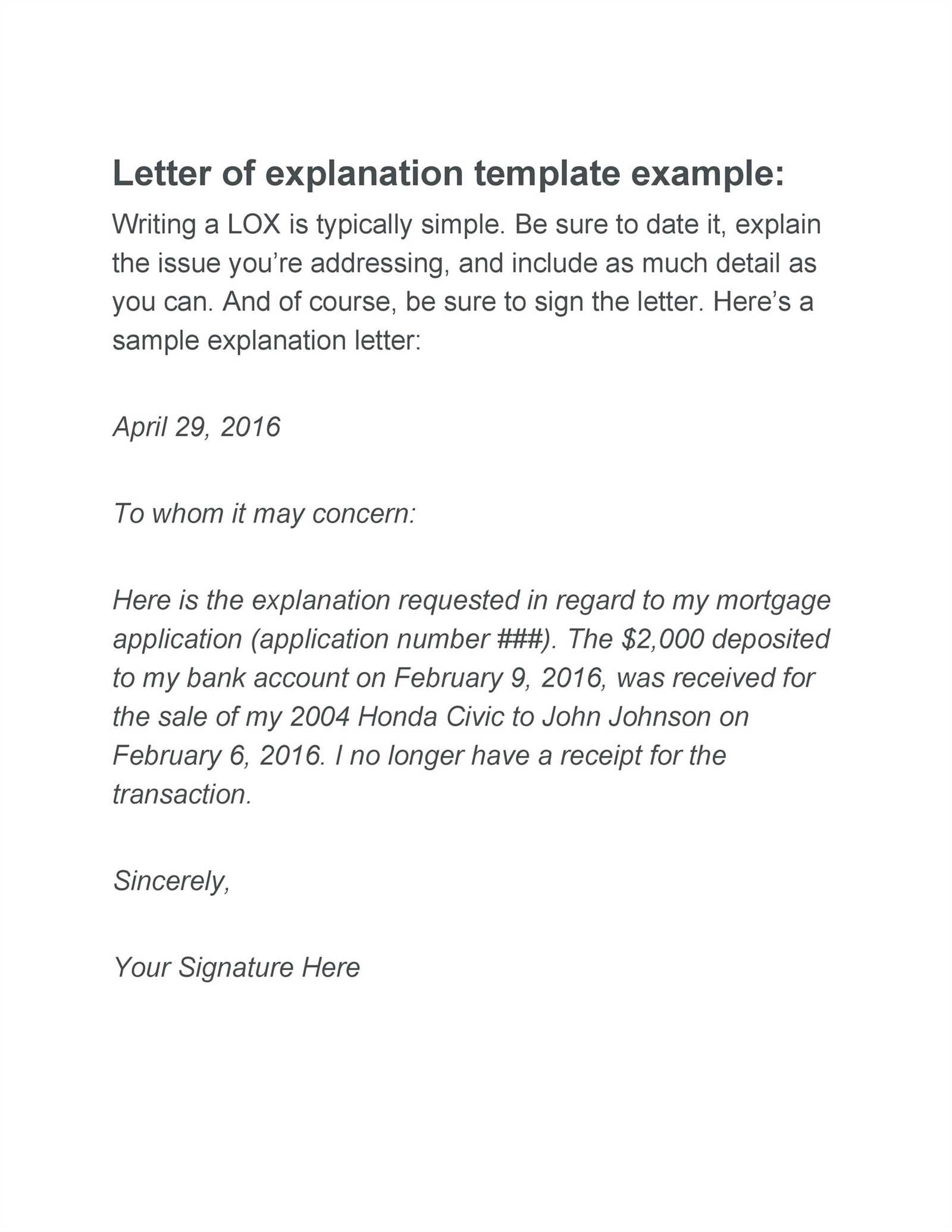
Creating a letter template simplifies the process of drafting consistent, professional correspondence. Focus on clarity and structure from the start. Begin with the letter’s header: include your contact information, the recipient’s information, and the date. This provides a clear, formal opening without overloading the reader.
Next, craft the greeting. Whether formal or semi-formal, ensure it matches the tone of the letter. A strong salutation sets the stage for a positive response. After that, get to the core message. Avoid unnecessary filler–be clear, concise, and direct in your body text.
Finish with a courteous closing statement, such as “Sincerely” or “Best regards,” and leave space for your signature. These final touches make the letter feel complete and polished.
By following these steps, you can easily create a template that works for a wide range of letters, from business correspondence to personal messages.
How to Template a Letter
Begin with a clear structure. A well-organized template ensures clarity and professionalism. The key sections to include are the heading, salutation, body, closing, and signature. Each of these sections serves a specific purpose and should be formatted consistently for readability.
1. Heading
The heading typically includes the sender’s address, followed by the date, and then the recipient’s address. Place this information at the top of the letter. Use a left-aligned format for all addresses and make sure to leave adequate space between each line. Here is an example of how to format it:
| Sender’s Name |
| Street Address |
| City, State, Zip Code |
| Date |
| Recipient’s Name |
| Recipient’s Title |
| Company Name |
| Street Address |
| City, State, Zip Code |
2. Salutation
The salutation should address the recipient appropriately, based on the level of formality. For formal letters, use “Dear [Recipient’s Title] [Last Name].” For less formal communication, simply “Dear [First Name]” may be appropriate.
3. Body
Write the body of the letter in short, concise paragraphs. The first paragraph should introduce the purpose of the letter, the middle paragraphs should provide details, and the final paragraph should summarize the main points. Ensure each paragraph connects smoothly to the next for a cohesive flow.
4. Closing
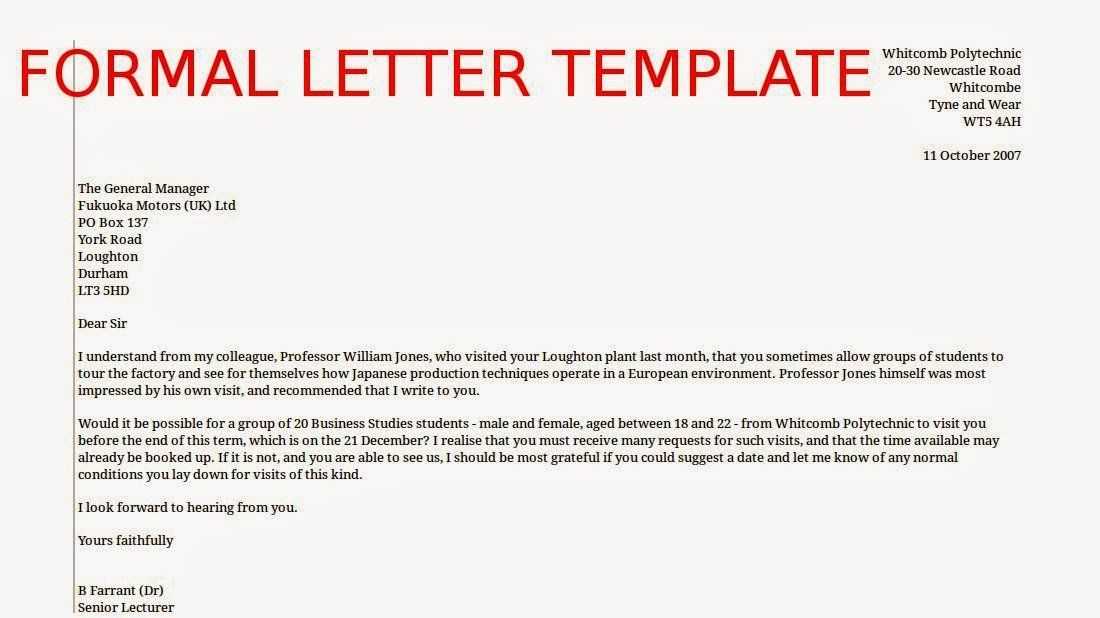
The closing should be formal, such as “Sincerely” or “Best regards.” Leave space between the last paragraph of the body and the closing phrase. If using a more casual tone, a simple “Kind regards” or “Cheers” can work.
5. Signature
Leave space for your signature between the closing phrase and your printed name. For digital templates, you can use an electronic signature or simply type your name. If the letter is being printed, a handwritten signature is often preferred.
Choose the Right Letter Format Based on Purpose
Match your letter’s format to its purpose for clarity and impact. Whether you’re writing a formal business letter or a personal note, choosing the correct style sets the tone and conveys professionalism or warmth as needed.
Formal Letters
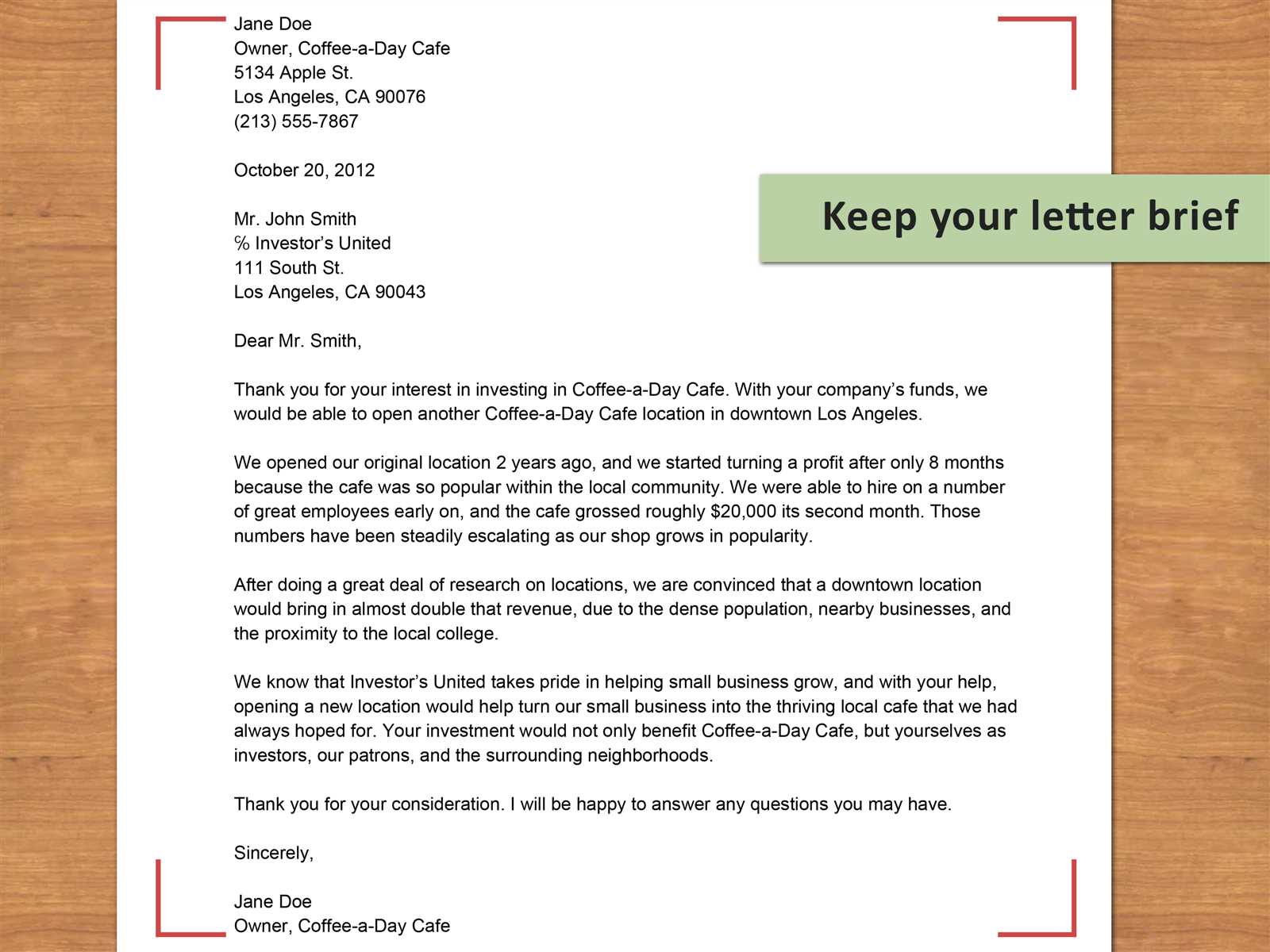
For business or official matters, follow a structured approach with a clear, professional tone. This format typically includes the sender’s address, recipient’s address, a formal greeting, body paragraphs, and a polite closing. Use this for job applications, complaints, or formal requests.
- Include a formal greeting (e.g., “Dear Mr. Smith”)
- Use a polite and straightforward closing (e.g., “Sincerely”)
- Keep the language professional, avoiding slang or casual phrasing
Informal Letters
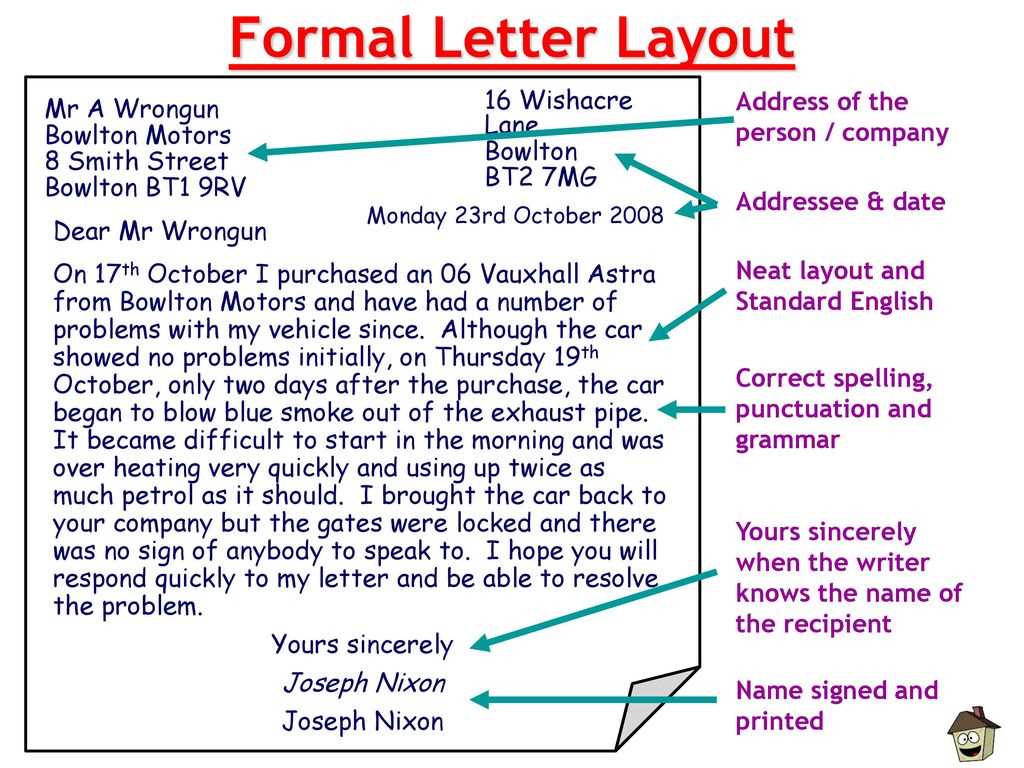
For personal letters or messages to friends and family, adopt a conversational and relaxed style. There’s no need for formalities like addresses or titles. You can use informal greetings like “Hi” or “Hello” and sign off with something casual like “Best regards” or “Take care.”
- Start with a friendly, informal greeting (e.g., “Hey Sarah”)
- Use a more personal and relaxed tone throughout
- End with a casual closing (e.g., “Love,” or “Cheers”)
Tailor your format based on the recipient’s relationship to you and the letter’s intent. This ensures that the message comes across as intended, whether you’re communicating professionally or personally.
Craft a Clear and Concise Opening Sentence
Start your letter by getting straight to the point. The opening sentence should introduce the purpose of your message without unnecessary fluff. Avoid over-complicating the first line, and ensure it’s easy for the reader to understand your intent right away. For example, “I am writing to request a meeting regarding the upcoming project deadline” is straightforward and precise.
Be Specific and Direct
Instead of using vague or overly formal phrases, make sure your opening directly addresses the reason for the letter. If you’re responding to a request or inquiry, mention it in the first sentence: “Thank you for your inquiry about our services. I’d be happy to provide more details.” This way, the reader knows exactly what to expect from your message.
Set the Tone Early
Keep the tone professional but approachable. An overly stiff or overly casual opening can make your letter feel disconnected from the purpose. A well-chosen first sentence sets the right mood and prepares the reader for the rest of the communication.
Ensure Proper Tone and Language for the Audience
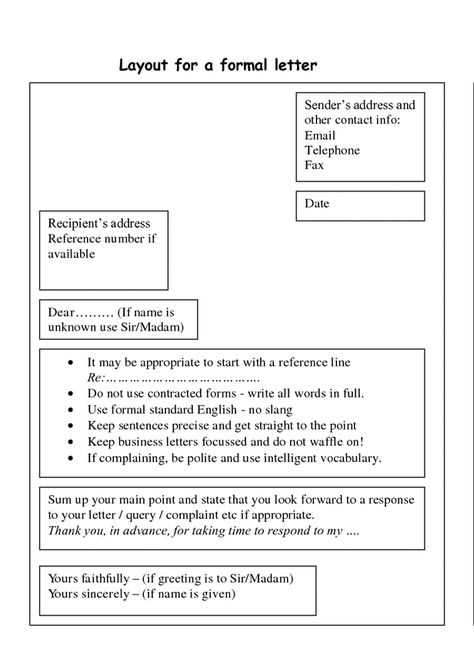
Tailor your language to match the expectations of the audience. Whether you’re writing to a client, a colleague, or a casual reader, adjust the level of formality accordingly. Use clear and concise language, avoiding overly complex phrases that could confuse or disengage your readers.
Know Your Audience’s Expectations
If you are writing to a professional audience, keep the tone respectful and formal. Use industry-specific terminology when appropriate but avoid jargon that might not be universally understood. For a more casual audience, you can adopt a conversational tone and incorporate a friendly, approachable style without sacrificing clarity.
Match the Purpose with Language Style
The purpose of your letter will influence the tone. For example, a cover letter or business proposal requires a more polished and formal approach, while a thank-you note or an invitation may benefit from a warmer, informal tone. Adjust your word choice, sentence structure, and overall phrasing to reflect this difference, keeping the tone consistent throughout the letter.
Organize Contact Information and Date Placement Correctly
Place the sender’s contact information at the top left corner. Include the full name, address, phone number, and email. If relevant, add your position or department below your name.
The date should be positioned below the sender’s details, aligned to the left. Write the full date (e.g., “February 1, 2025”) to avoid confusion. This format is standard for formal letters.
After the date, place the recipient’s information. Include the recipient’s name, title, company name (if applicable), and address. If you are addressing someone by their title (e.g., “Mr.,” “Ms.,” “Dr.”), make sure it is accurate and respectful.
The correct placement of these elements provides clarity and ensures your letter follows formal conventions, making it professional and easy to read.
Proofread for Consistency and Correctness Before Sending
Ensure your letter has a consistent tone and style throughout. Check for uniformity in the format, such as date placement, salutation style, and sign-off. If you’re using formal language, maintain it consistently across the letter. If the letter is more casual, keep that tone steady from start to finish.
Check spelling and grammar to avoid errors. Misspelled words or improper grammar can undermine your credibility and distract from the message. Use tools to identify common mistakes, but don’t rely on them entirely. Review manually to catch nuances that automated tools may miss.
Make sure all names, dates, and addresses are accurate. Verify any specific details mentioned in the letter, especially if they’re tied to important actions or deadlines. Errors in these can cause confusion or make your letter seem less trustworthy.
Review punctuation and sentence structure. Incorrect punctuation can change the meaning of your sentences or make them harder to understand. Ensure commas, periods, and other punctuation marks are used correctly and consistently.
Double-check for clarity. If any part of your letter could be misinterpreted or is hard to follow, rewrite it for better comprehension. Clear, concise writing helps deliver your message effectively.
Lastly, read the letter out loud. This simple step helps identify awkward phrasing and ensures your letter flows smoothly from one point to the next.